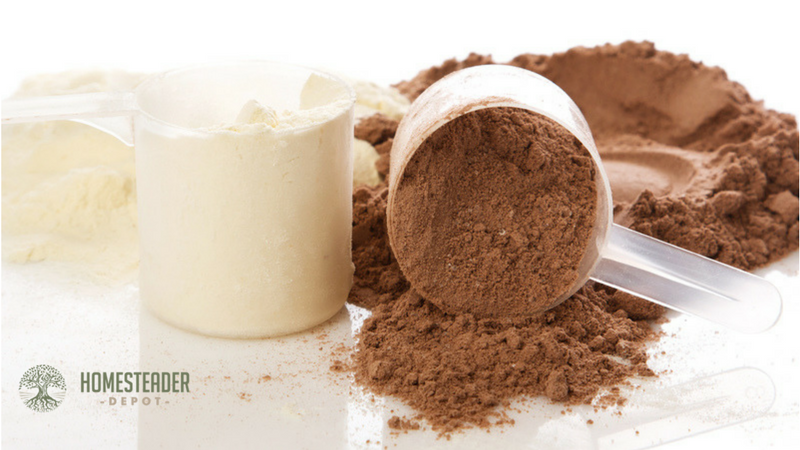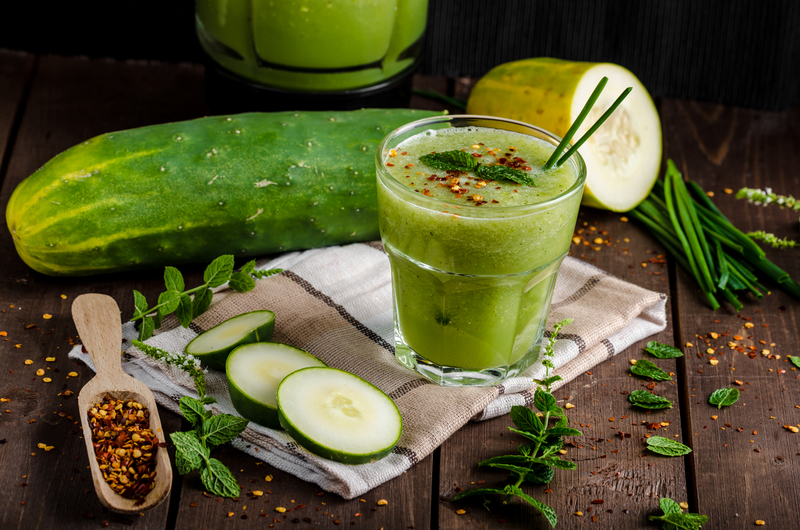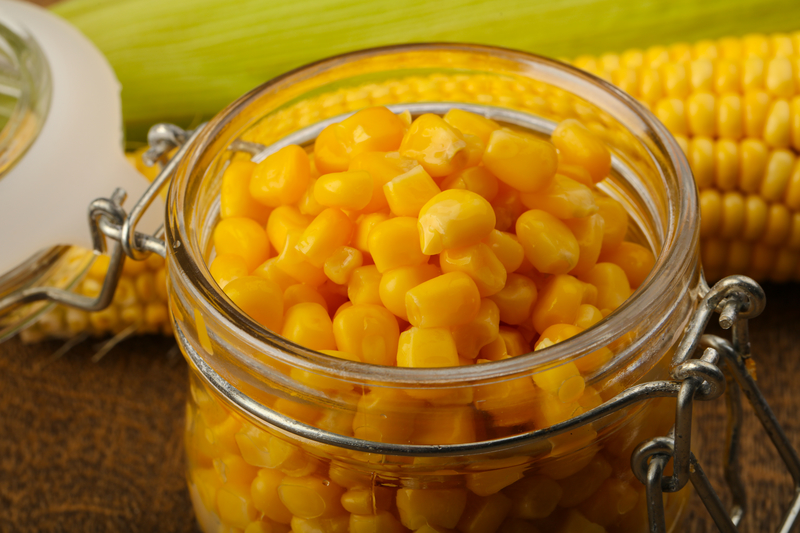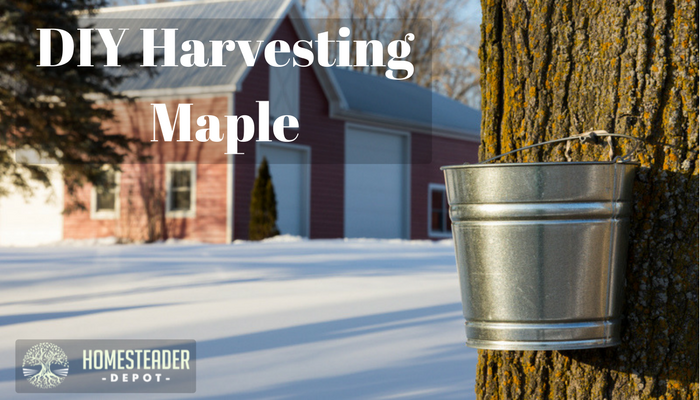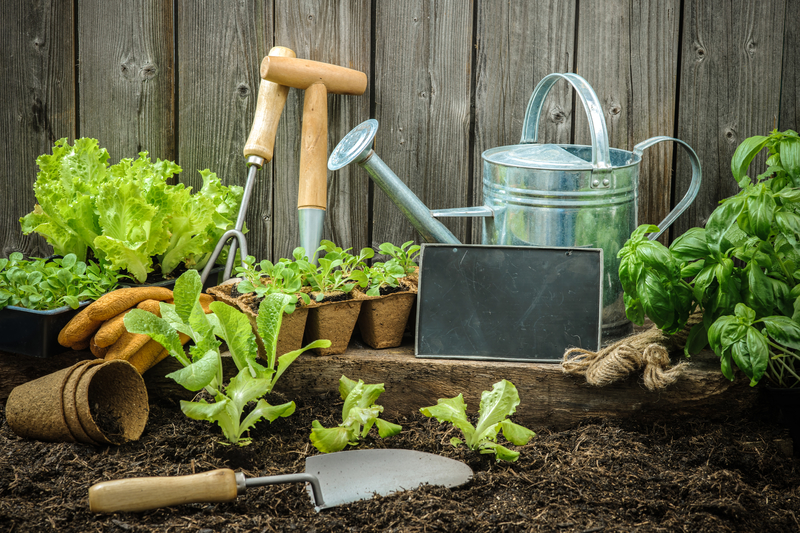Benefits of Protein in Your Pantry
Protein powder is usually known as the substance that bodybuilders use to bulk up. It’s more than that, however! There are protein powders out there that go into shakes, can be mixed with water and drank on their own, and that serve as meal supplements. Having supplemental protein powder can prove very necessary for … Read more

